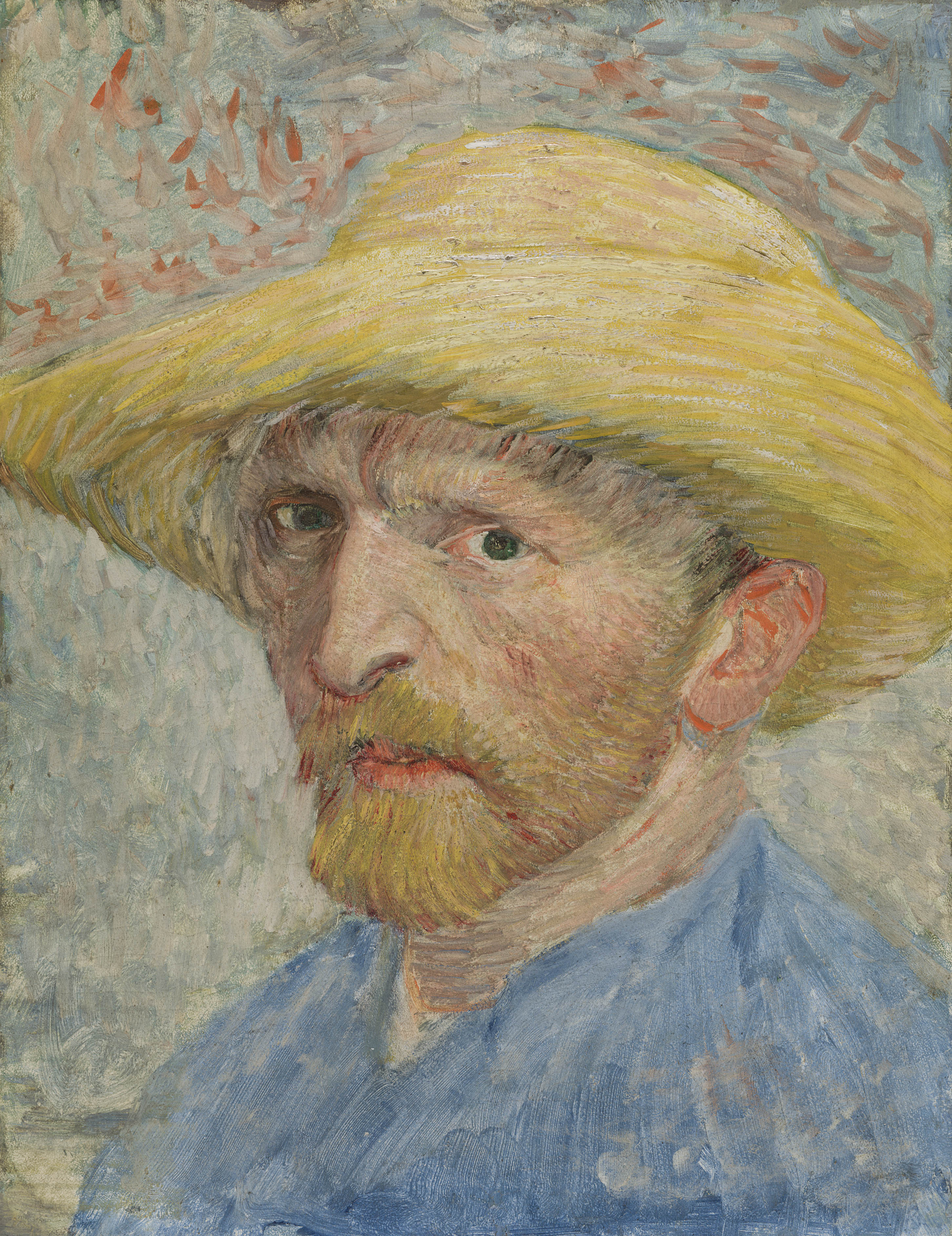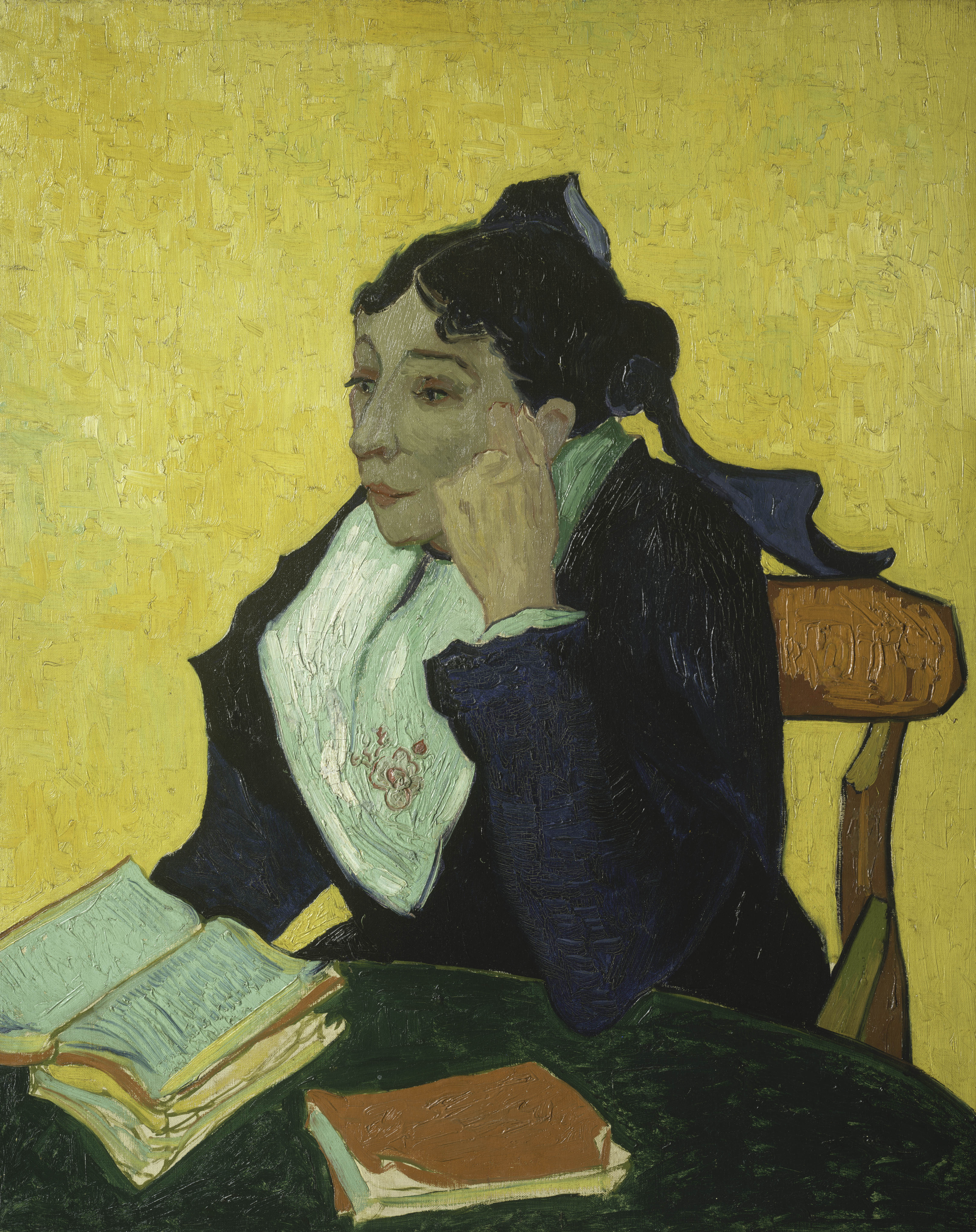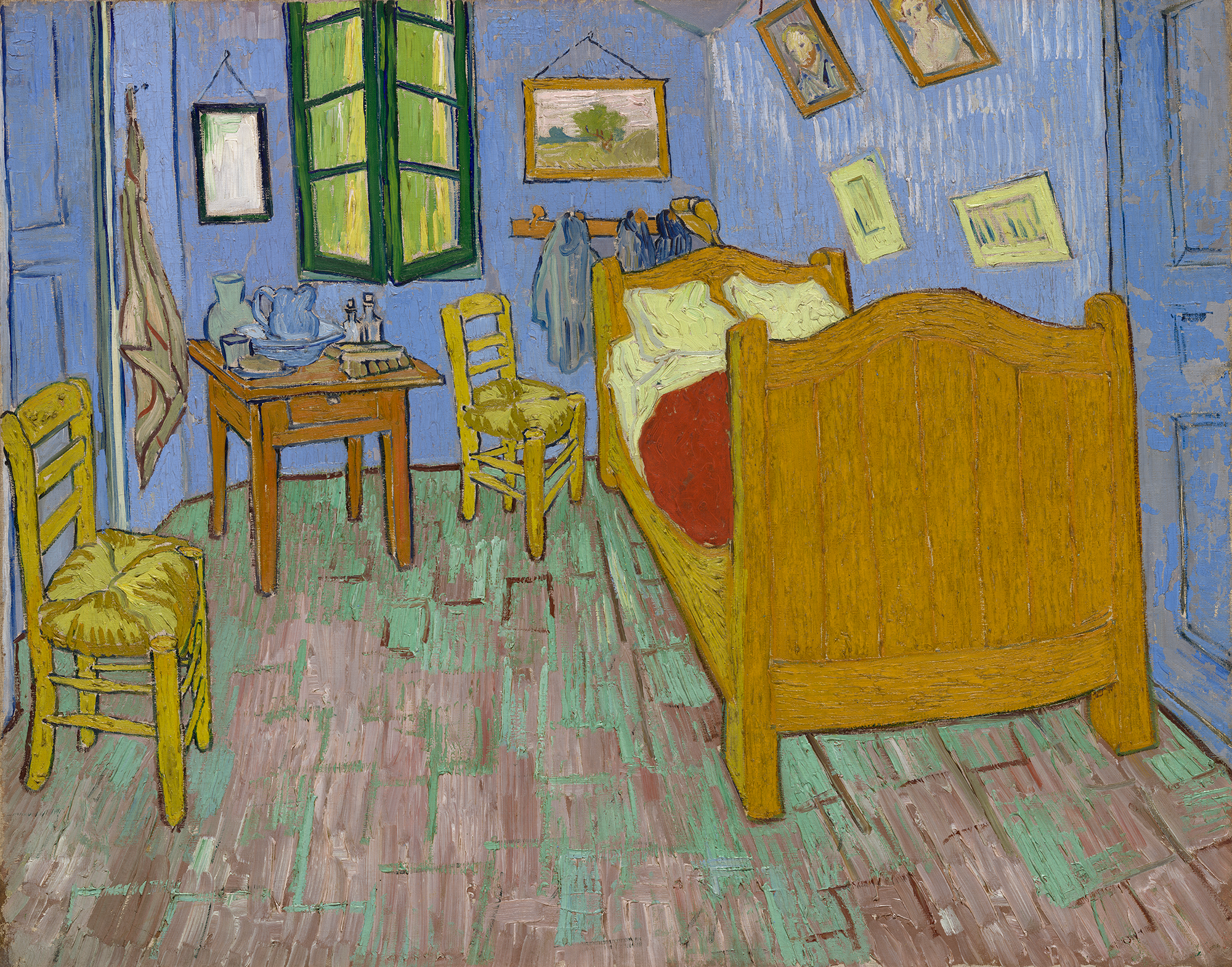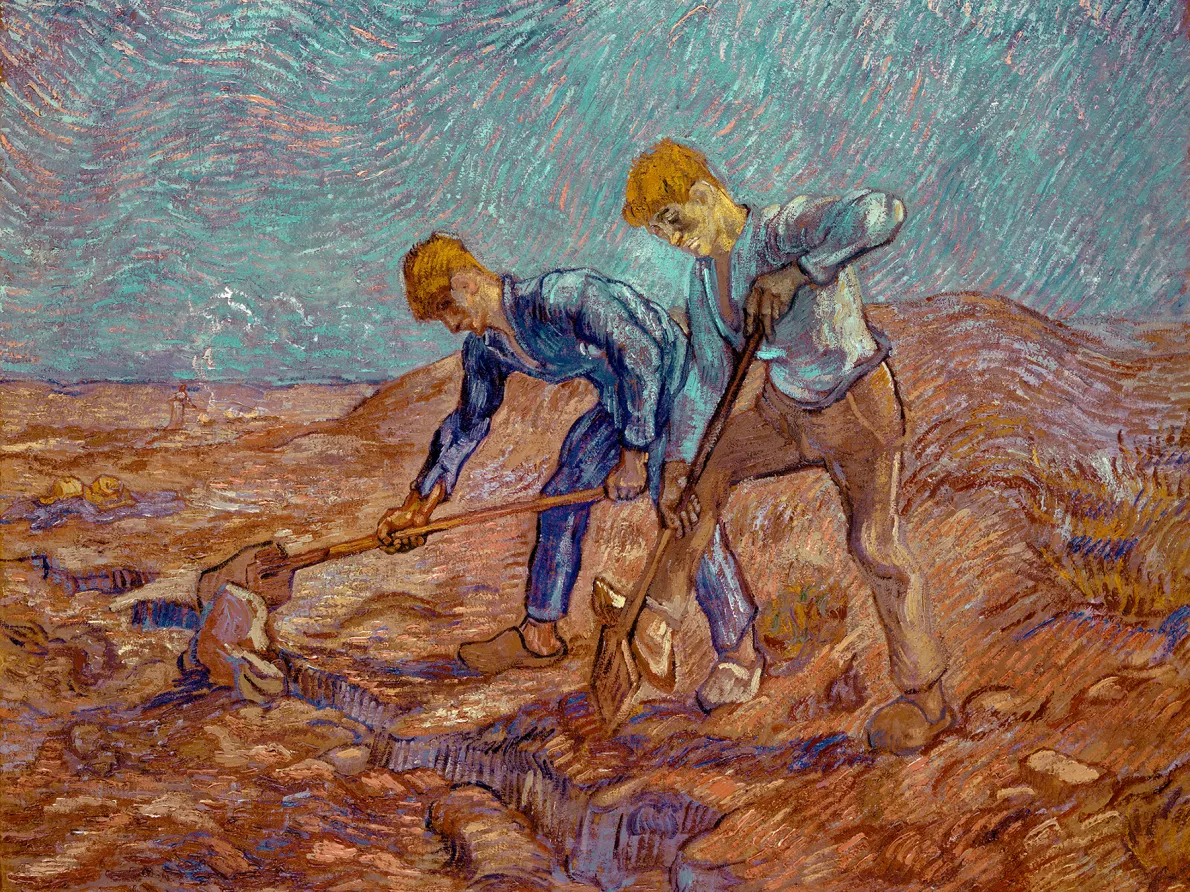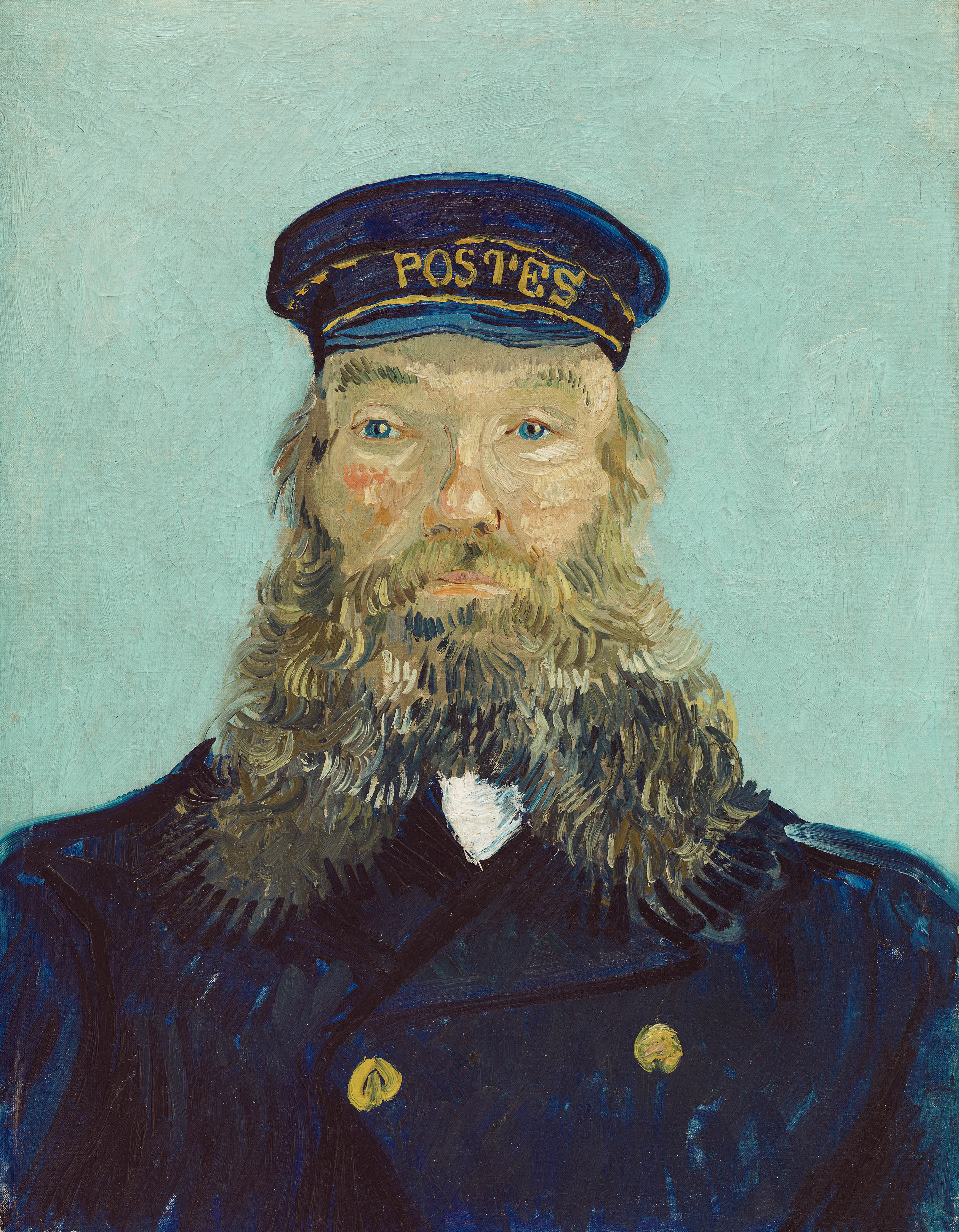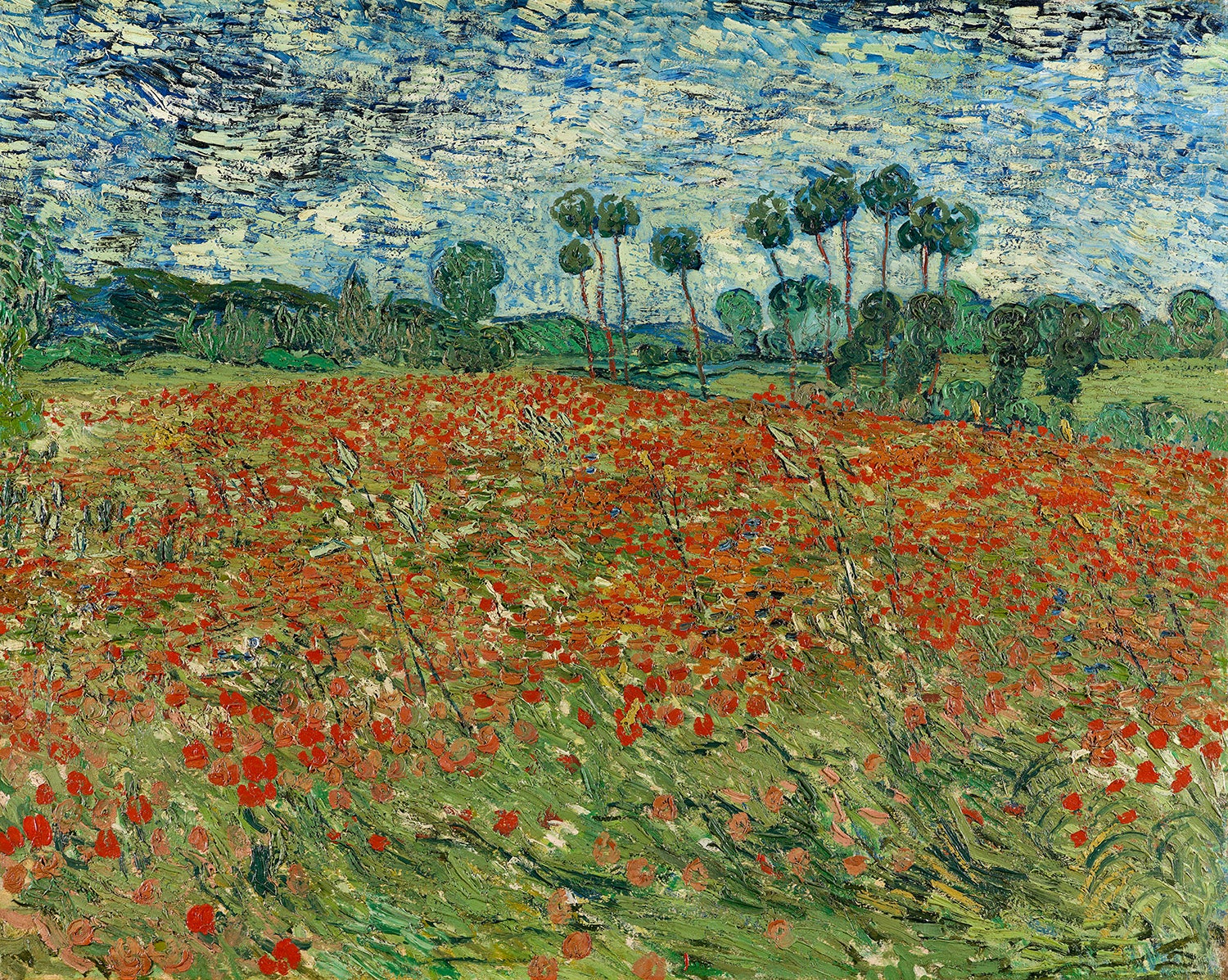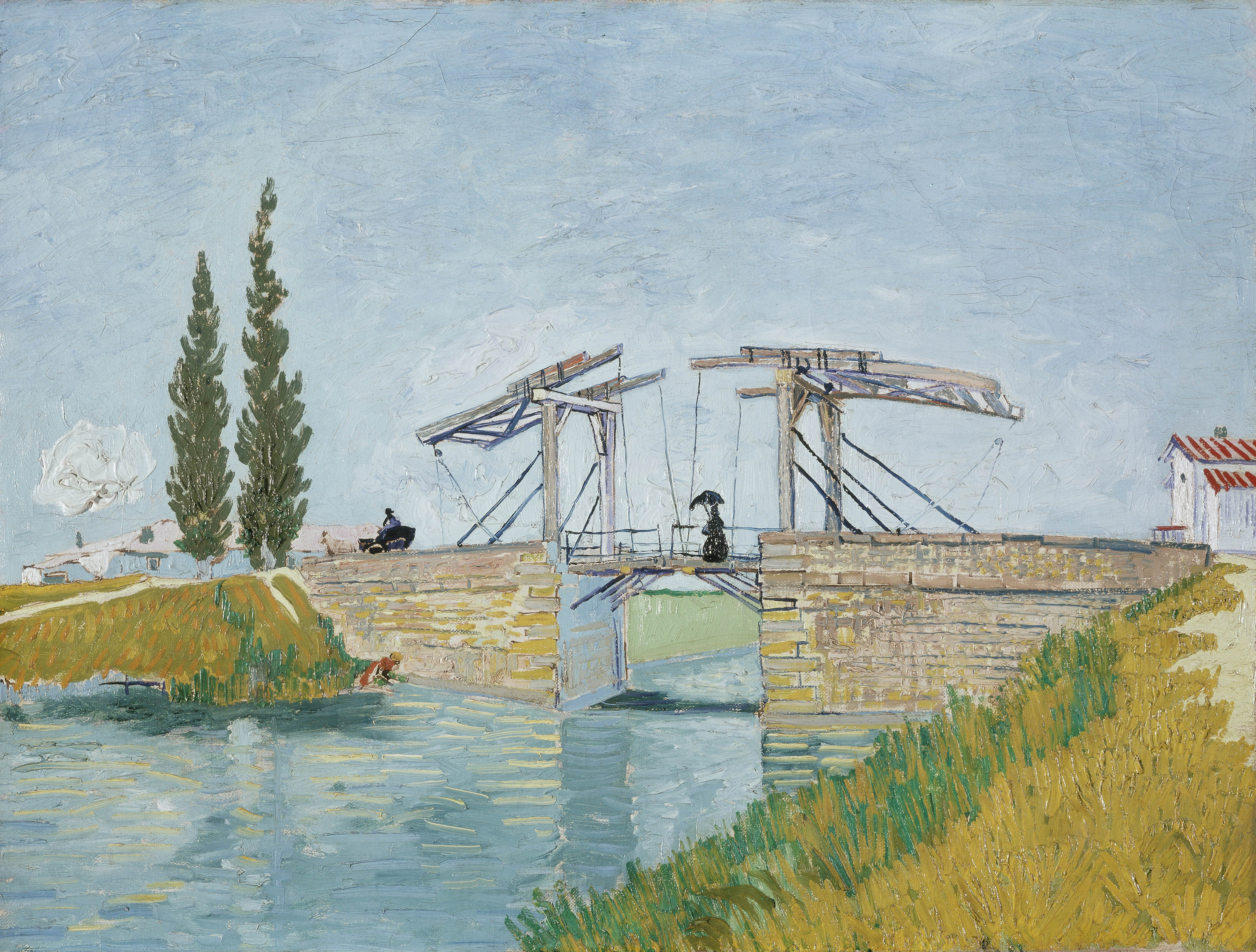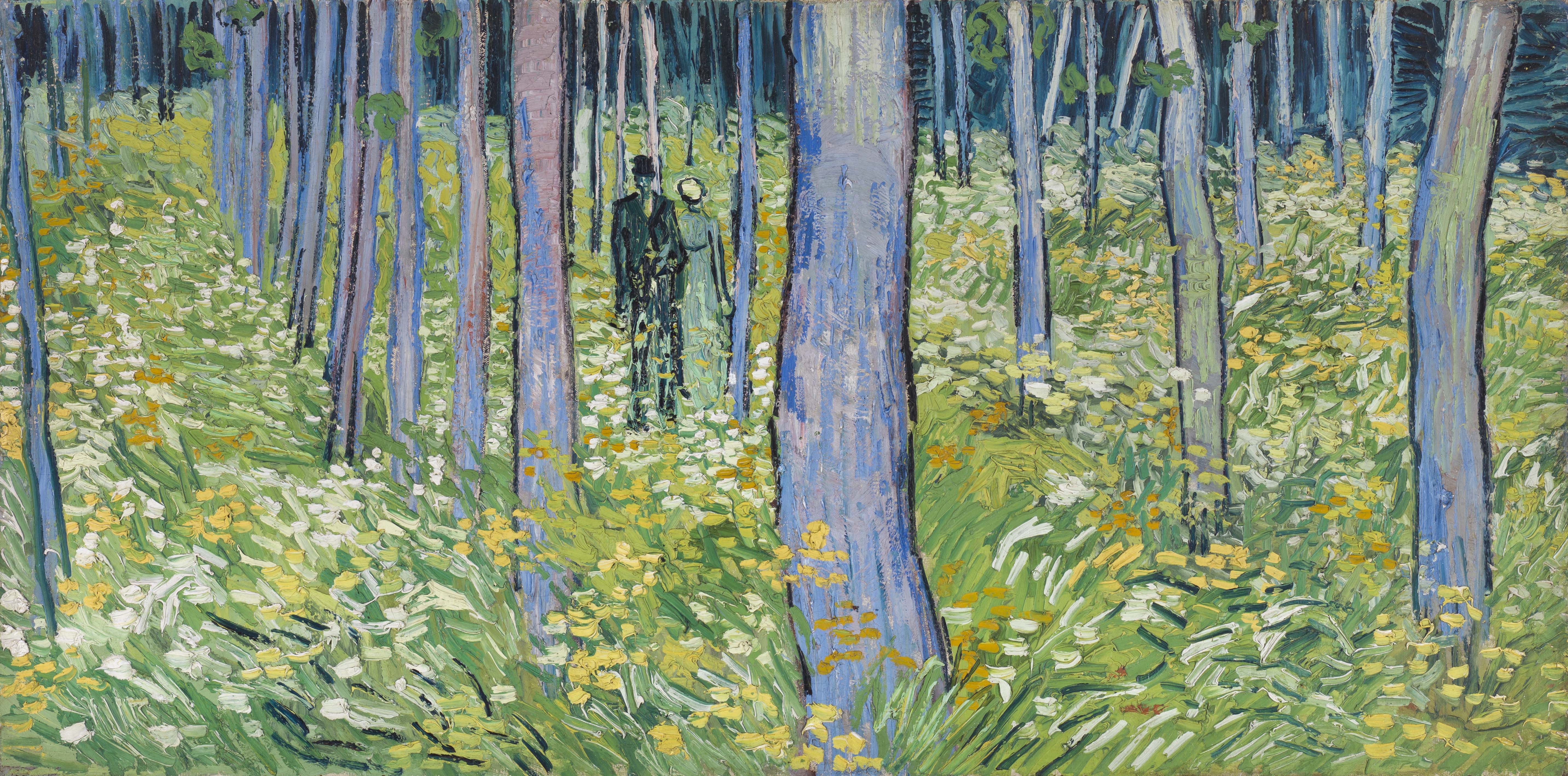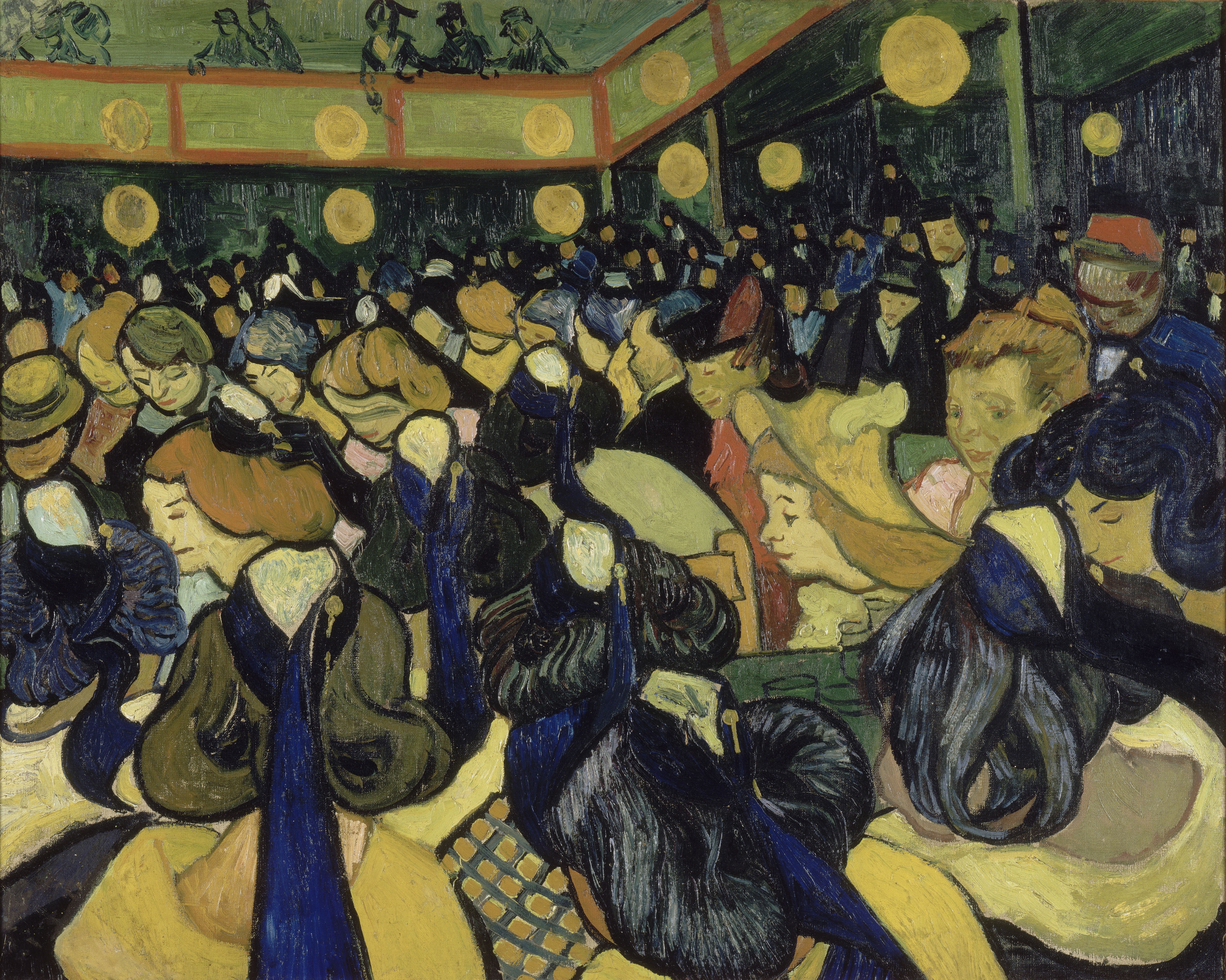On the centenary of its status as the first public museum in the United States to purchase a painting by Vincent van Gogh, the Detroit Institute of Arts (DIA) presents a landmark exhibition that tells the story of the artist’s rise to prominence among American audiences. Van Gogh in America features paintings, drawings, and prints by the Dutch Post-Impressionist artist.
The exhibition will run from October 2, 2022 to January 22, 2023, featuring 74 original Van Gogh works. Visitors can experience the defining moments, people, and circumstances that catapulted Van Gogh’s work to widespread acclaim in the United States.
The exhibition’s presence in Detroit – and more generally, in the Midwest – holds special significance. The DIA’s 1922 purchase of Self-Portrait (1887) was the first by a public museum in the United States. Notably, the next four Van Gogh paintings purchased by American museums were all in the Midwest, where audiences were galvanized by Van Gogh’s rugged aesthetic, featuring subjects from modern, everyday life; The Nelson-Atkins Museum of Art, Kansas City, Missouri; Saint Louis Art Museum; and Toledo Museum of Art. These important purchases – Olive Trees (1889; Kansas City);
Stairway at Auvers (1890; Saint Louis); Houses at Auvers (1890; Toledo); and Wheat Fields with Reaper, Auvers (1890, Toledo) – are all featured in the exhibition.
“One hundred years after the DIA made the bold decision to purchase a Van Gogh painting, we are honored to present Van Gogh in America,” said DIA Director Salvador Salort-Pons. “This unique exhibition includes numerous works that are rarely on public view in the United States, and tells the story – for the first time – of how Van Gogh took shape in the hearts and minds of Americans during the last century.”
One of the most influential artists in the Western canon, Van Gogh amassed a large body of work: more than 850 paintings and almost 1,300 works on paper. He began painting at the age of 27, and was prolific for the next 10 years until his death in 1890.
Works by Van Gogh appeared in more than 50 group shows before he finally received a solo exhibition in an American museum in 1935 at the Museum of Modern Art (MoMA) in New York City. Reflecting and fanning the excitement among American audiences for Van Gogh was Irving Stone’s novel Lust for Life (1934), and Vincente Minnelli’s film adaptation starring Kirk Douglas (1956), which helped shape Americans’ popular understanding of the artist.
“How Van Gogh became a household name in the United States is a fascinating, largely untold story,” said Jill Shaw, Head of the James Pearson Duffy Department of Modern and Contemporary Art and Rebecca A. Boylan and Thomas W. Sidlik Curator of European Art, 1850 –1970, at the DIA. “Van Gogh in America examines the landmark moments and trajectory of the artist becoming fully integrated within the American collective imagination, even though he never set foot in the United States."
The Exhibition
Van Gogh in America is arranged in a narrative fashion spanning 9 galleries, starting with Van Gogh’s Chair (1888; The National Gallery, London):
- In the first gallery, the exhibition is introduced and illustrations of early black and white U.S. newspaper clippings pertaining to Van Gogh are presented.
- Following is a selection of works by Van Gogh that were included in the 1913 International Exhibition of Modern Art (Armory Show).
- Next, works from the first U.S. retrospective of Van Gogh's work in a commercial gallery context in 1920 are displayed, documenting the role of Van Gogh’s family in fostering the artist’s reputation in the United States.
- To follow is a presentation of the DIA’s Self-Portrait purchased in 1922. Works by other artists from the DIA’s permanent collection, as well as some lent by other American museums, are included in this gallery to reveal how the DIA displayed Self-Portrait soon after its acquisition.
- In the following room, the Midwest museums that followed the DIA in accessioning Van Gogh works of their own are highlighted.
- Next, galleries are dedicated to the marquee traveling exhibition organized by MoMA in 1935.
- In the final room, Hollywood’s representation of Van Gogh and the making of his art is brought to life, as well as a discussion of the legacy and enduring appeal of Vincent van Gogh.
Starry Night (1888) – on loan from the Musée d'Orsay in Paris – is the newest addition to its Van Gogh in America exhibition, which will run from October 2, 2022 to January 22, 2023 only at the DIA. Featuring more than 70 works by the famed artist, the groundbreaking exhibition is the first ever devoted to Van Gogh’s introduction and early reception in America. Tickets will go on sale this summer.
Starry Night – also known as Starry Night Over the Rhône – is one of two iconic paintings including the nighttime sky that Van Gogh created while living in the French city of Arles from 1888 to 1889. The beloved work captures a clear, star-filled night sky and the reflections of gas lighting over an illuminated Rhône River in Arles with a couple strolling along its banks in the foreground. Starry Night is important to the introduction of Van Gogh’s work to the United States for its pivotal role in the iconic film Lust for Life (1956; directed by Vincente Minnelli). The masterpiece will be on view in the U.S. for the first time since 2011, and is one of three Van Gogh works on loan from the Musée d'Orsay for the DIA exhibition.
Van Gogh in America will be the largest-scale Van Gogh exhibition in America in a generation, featuring paintings, drawings, and prints by Van Gogh from museums and private collections worldwide. Visitors will also “journey” through the defining moments, people, and experiences that catapulted Van Gogh’s work to widespread acclaim in the U.S.
Van Gogh in America reveals the story of how America’s view of Van Gogh’s work evolved during the first half of the 20th century and his rise to cultural prominence in the United States. Despite his work appearing in over 50 group shows during the two decades following his American debut in the 1913 International Exhibition of Modern Art (commonly known as the Armory Show), it was not until 1935 that Van Gogh was the subject of a solo museum exhibition in the United States. Around the same time, Irving Stone’s novel Lust for Life was published, and its adaptation into film in 1956 shaped and began to solidify America’s popular understanding of Van Gogh.
Major highlights include:
- Van Gogh’s Chair (1888), Vincent van Gogh, oil on canvas, The National Gallery, London
- Starry Night (Starry Night over the Rhône) (1888), Vincent van Gogh, oil on canvas, Musée d’Orsay, Paris
- L'Arlésienne: Madame Joseph-Michel Ginoux (Marie Julien, 1848–1911) (1888–89), Vincent van Gogh, oil on canvas, The Metropolitan Museum of Art, New York
- The Bedroom (1889), Vincent van Gogh, oil on canvas, The Art Institute of Chicago
- The Olive Trees (1889), Vincent van Gogh, oil on canvas, The Museum of Modern Art, New York
"Two Peasants Digging," 1889, Vincent van Gogh, Dutch; oil on canvas. Stedelijk Musuem, Amsterdam, A411.
Vincent van Gogh (Dutch, 1853–1890). Lullaby:Madame Augustine Roulin Rocking a Cradle (La Berceuse), 1889. Oil on canvas; 36 1/2 x 28 5/8 in. (92.7 x 72.7 cm). Museum of Fine Arts, Boston, bequest of John T. Spaulding, 48.548.
- Portrait of Postman Roulin (1888), Vincent van Gogh, oil on canvas, Detroit Institute of Arts
- Poppy Field (1890), Vincent van Gogh, oil on canvas, Kunstmuseum Den HaagThe exhibition includes select works by Van Gogh’s contemporaries Paul Cézanne and Paul Gauguin, in addition to 20th century European and American artists Raoul Dufy, Henri Matisse, Georges Ribemont-Dessaignes, and Joseph Stella.
Vincent van Gough (Dutch, 1853-1890) Wheat Fields with Reaper, Auvers. Oil on canvas, 1890. Purchased with funds from the Libbey Endowment, Gift of Edward Drummond Libbey, 1935.4. Gallery 35

A full-length, illustrated catalogue with essays by Rachel Esner, Joost van der Hoeven, Julia Krikke, Jill Shaw, Susan Alyson Stein, Chris Stolwijk, and Roelie Zwikker, and a chronology by Dorota Chudzicka will accompany the exhibition.
A fascinating exploration of the introduction of Vincent van Gogh’s work to the United States one hundred years later
Vincent van Gogh (1853–1890) is one of the most iconic artists in the world, and how he became a household name in the United States is a fascinating, largely untold story. Van Gogh in America details the early reception of the artist’s work by American private collectors, civic institutions, and the general public from the time his work was first exhibited in the United States at the 1913 Armory Show up to his first retrospective in an American museum at the Museum of Modern Art, New York, in 1935, and beyond. The driving force behind this project, the Detroit Institute of Arts, was the very first American public museum to purchase a Van Gogh painting, his Self-Portrait, in 1922, and this publication marks the centenary of that event.
Leading Van Gogh scholars chronicle the considerable efforts made by early promoters of modernism in the United States and Europe, including the Van Gogh family, Helene Kröller-Müller, numerous dealers, collectors, curators, and artists, private and public institutions, and even Hollywood, to frame the artist’s biography and introduce his art to America.

